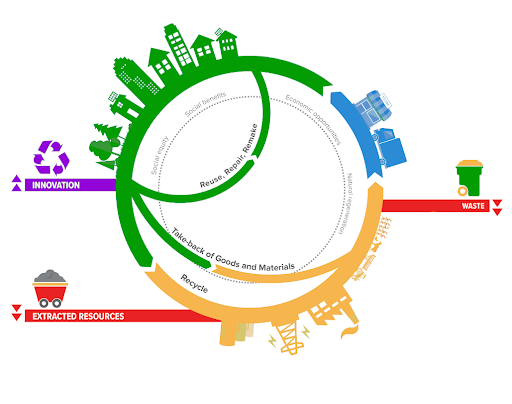The district heating continuous evolution from the earlier steam networks to actual hot water systems has been the major reconversion step in terms of efficiency. Nowadays, when decarbonization global policies are forcing these old schemes to create a mix for heat generation some fossil fuel technologies need to be replaced by renewable solutions to match these new objectives to lower CO2 footprint in large cities.
The major task will be to identify how these DH will be the most effective to make the transition to sustainable heating networks more efficient and reliable based on renewables energies. Let’s see what are the new technologies and innovations in the District Heating market nowadays.
What are the district heating market trends at the stage?
The major changes occur due to the new technologies’ development but in the case of the District heating market and industry it is a more complex situation that is forcing the different stakeholders to move towards environment protection policies that are clearly marked up as market trends:
1. Low Temperature Supply Flow
The future networks will use low temperature 40-60 ºC supply in combination with radiant heating more efficiently.
- Carbon-neutral compliance: Added to the efficiency improvement and CO2 footprint reduction, future DH networks will help to increase renewable energy usage and will consolidate a solid and active policy before climate change effects become noticeable.
2. Circular Economy
New-generation District Heating and cooling systems lean towards the decentralized generation of cold and heat, taking advantage of all available local energy sources. Some local authority polities focus on the research of the following points to create and promote circular economies:
- Research of low-grade heat dissipation from industrial or residential heat
- Promote the usage of sewage water heat or waste heat from the water treatment plant
- Increase the use of waste energy
- Promote the usage of local biomass from sustainable production
- Integrate low-grade geothermal energy where possible
- Increase solar thermal energy as part of the complete DH network
- Combine wind energy and solar PV energy supply to the heating
- Increase TES usage to reduce significantly the grid energy consumption
- Promote the role of new consumers. The prosumers = producers & consumers

3. Efficient Distribution Networks
Low Delta T Syndrome is a common problem in DC & DH water plants in general, which occurs more often than expected when the system is not properly designed and/or operated. The most common causes of low Delta T are:
- Non-proper functioning of the control system of the Energy Transfer Station
- Non-proper interface between the control system of the ETS and the control system of the DC Plant. Normally, it is caused by an improper or lack of communication between them
- Incorrect selection of the Pressure Independent Control Valve (PICV). This makes the opening percentage of the PICV higher than actually needed, increasing the water flow and reducing the Delta T no period.
4. Heat Generation Mix Balance
This profile simulation leads to a clearer picture of a complete heating plant performance. For achieving the best results in a District Heating design and a proper decision-making process, a detailed heating load profile simulation is essential. Only detailed Heating Load Profile calculations can guarantee that the resulting District Heating system is energy efficient.
How will these trends affect the DH market in the future?
These DH market trends will reinforce the major reason to design or to invest in the District Energy market that is to create a sustainable world when the major cities in the world suffer the pollution and higher heating demand increasing during the last years due to the climate change.
What are the key success factor that will make increase the number of new DH generation for the future urban cities?
For more information on this topic and the district heating market: ARANER district energy experts










